Evidence Of Early Metalworking In Arctic Canada – European Technologies Involved
MessageToEagle.com – A new study conducted by Dr. Patricia Sutherland, an honorary research fellow at the University of Aberdeen, examines new evidence related to an early (pre-Columbian) European presence in Arctic Canada.
Dr Sutherland has spent 15 years recovering other specimens in Arctic Canada that resemble those used by Europeans of the Viking and Medieval periods.
Dr Sutherland’s team based the study on artifacts from archaeological sites that had been assumed to relate to pre-Inuit indigenous occupations of the region in the centuries around A.D. 1000 have recently been recognized as having been manufactured using European technologies.
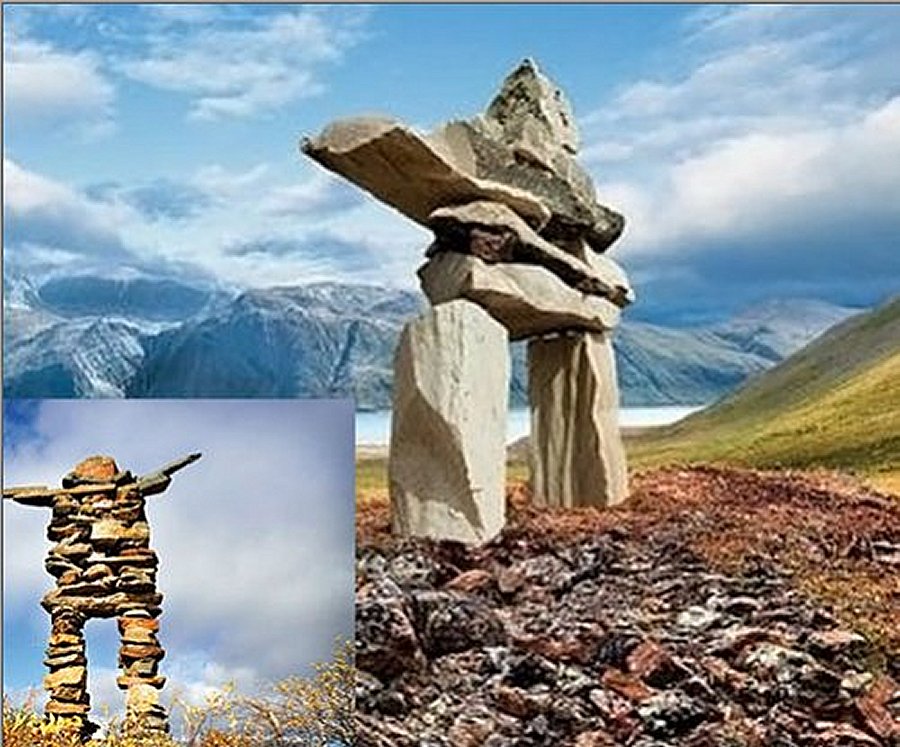
The Viking-age Norse established settlements on the southwestern coast of Greenland about A.D. 1000, and these continued to be occupied until the early 15th century.
Although less than 400 km separated the Norse Greenlandic colonies from the coasts of Arctic Canada, and explorations to the west of Greenland are described in Icelandic sagas, surprisingly little is known of ventures to North America.
The Inuit and earlier peoples of Arctic Canada cold-hammered meteoric iron and native copper in order to make tools, but neither they nor other indigenous peoples of northern North America practized high – temperature metalworking.
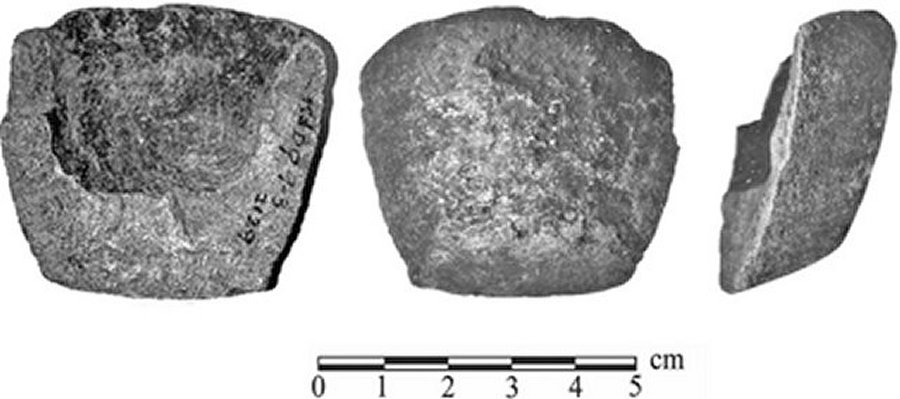
The results of the recent research show the earliest evidence of high-temperature non-ferrous metalworking in North America to the north of what is now Mexico.
An object that was found by archaeologists a half-century ago has now been recognized as further evidence of a Viking or Mediaeval Norse presence in Arctic Canada during the centuries around 1000 A.D.
The artifact was originally excavated during the 1960s and identified as the fragment of a small soapstone pot made by the local indigenous people, the Palaeo-Eskimo who occupied the area in the centuries around 1000 A.D.
Now researchers have employed scanning electron microscopy to determine if metal traces were present in a small stone container (about 48 mm tall) from an archaeological site on southern Baffin Island.
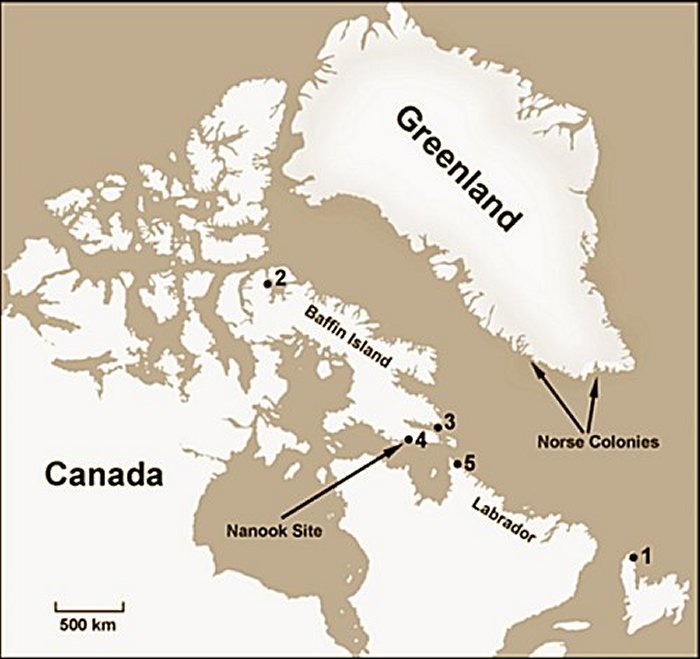
The Vikings and their mediaeval Norse descendants established colonies in southwestern Greenland about 1000 AD, and occupied the region for over 400 years. After more than a decade of research on material from the Eastern Arctic, the evidence indicates a significant early European presence in Arctic Canada.
They found that the interior of the vessel contained fragments of bronze, an alloy of copper and tin, as well as small spherules of glass which are formed when rock is heated to high temperatures.
The object is a crucible for melting bronze, likely in order to cast it into small tools or ornaments. The crucible appears to have been broken while in use, suggesting that it was likely used at the locality where it was found.
Among the Palaeo-Eskimo artifacts Sutherland has identified a wide range of specimens – like lengths of yarn spun from the fur of local animals, whetstones bearing metal traces from tools that had been sharpened, and tally sticks of the type used for recording transactions.
Interestingly, these artifacts resemble those used by Europeans of the Viking and Mediaeval periods.
The Vikings and their mediaeval Norse descendants established colonies in southwestern Greenland about 1000 AD, and occupied the region for over 400 years. After more than a decade of research on material from the Eastern Arctic, the evidence indicates a significant early European presence in Arctic Canada.
The Norse would likely have travelled to the area in order to obtain furs and walrus ivory, either by hunting or by trading with the indigenous people.
“The crucible adds an intriguing new element to this emerging chapter in the early history of northern Canada,” Dr. Patricia Sutherland said.
MessageToEagle.com.
Related Posts
-
 Young Warrior’s Grave Dated To A Sixth Century Unearthed At Langobard Necropolis In Czech Republic
No Comments | Jul 7, 2022
Young Warrior’s Grave Dated To A Sixth Century Unearthed At Langobard Necropolis In Czech Republic
No Comments | Jul 7, 2022 -
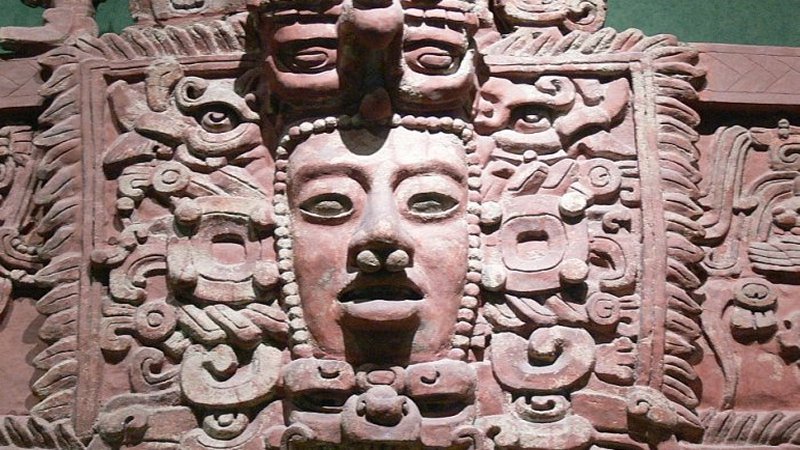 Ilopango Volcanic Eruption In Maya World 1590 Years Ago – New Study
No Comments | Oct 2, 2020
Ilopango Volcanic Eruption In Maya World 1590 Years Ago – New Study
No Comments | Oct 2, 2020 -
 Intriguing Phenomenon Sheds New Light On The Etruscans
No Comments | Sep 26, 2021
Intriguing Phenomenon Sheds New Light On The Etruscans
No Comments | Sep 26, 2021 -
 Mystery Of The Minoan Blue Monkeys Depicted In Frescoes
No Comments | Apr 16, 2020
Mystery Of The Minoan Blue Monkeys Depicted In Frescoes
No Comments | Apr 16, 2020 -
 Mysterious Ancient Remains Of The Lady In The Well – An Archaeological Detective Story
No Comments | Sep 12, 2020
Mysterious Ancient Remains Of The Lady In The Well – An Archaeological Detective Story
No Comments | Sep 12, 2020 -
 Neanderthal-Denisovan Ancestors Interbred With ‘Superarchaic’ Population 700,000 Years Ago
No Comments | Feb 24, 2020
Neanderthal-Denisovan Ancestors Interbred With ‘Superarchaic’ Population 700,000 Years Ago
No Comments | Feb 24, 2020 -
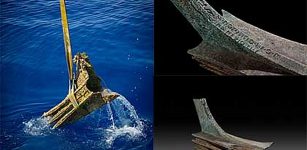 Treasures of the Sea: More Than 200 Amazing And Unique Objects Rescued From The Bottom Of The Mediterranean
No Comments | Nov 20, 2015
Treasures of the Sea: More Than 200 Amazing And Unique Objects Rescued From The Bottom Of The Mediterranean
No Comments | Nov 20, 2015 -
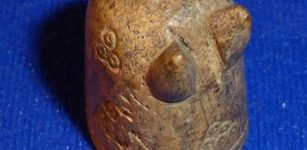 Rare Medieval Chess Piece Unearthed In England
No Comments | Apr 8, 2016
Rare Medieval Chess Piece Unearthed In England
No Comments | Apr 8, 2016 -
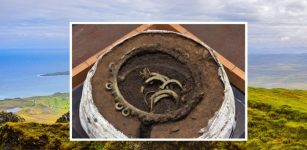 Secrets Of Mysterious Bronze Age Hoard Found In Rosemarkie, Scotland Revealed
No Comments | Aug 12, 2024
Secrets Of Mysterious Bronze Age Hoard Found In Rosemarkie, Scotland Revealed
No Comments | Aug 12, 2024 -
 1,800-Year-Old Entrance To Turkey’s Zerzevan Castle Found Among The Ruins
No Comments | Aug 15, 2020
1,800-Year-Old Entrance To Turkey’s Zerzevan Castle Found Among The Ruins
No Comments | Aug 15, 2020
